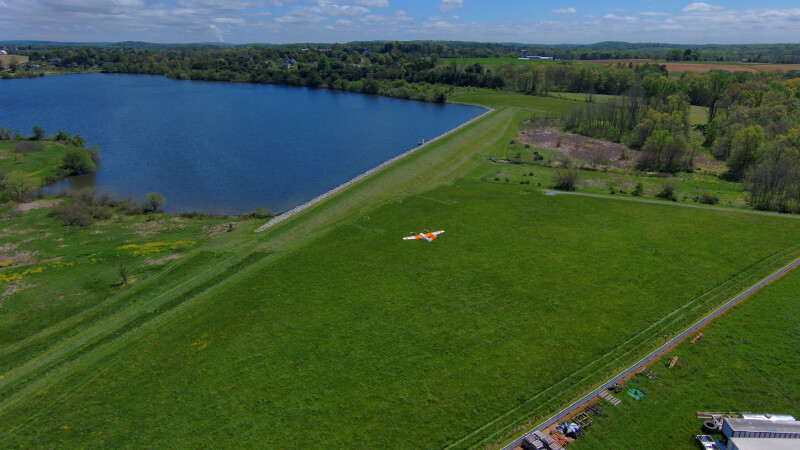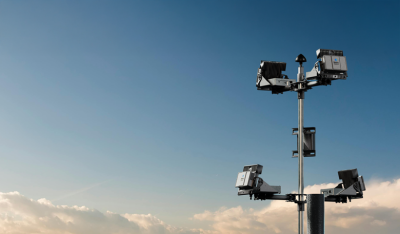Last year, Pennsylvania-based Groundwater & Environmental Services (GES) was granted a waiver by the Federal Aviation Administration (FAA) to conduct pipeline right-of-way inspections using Beyond Visual Line of Sight (BVLOS). With the waiver, the company can provide more accurate data and analysis for its clients while reducing time and money spent on inspections.
According to Rich Evans, Senior Vice President, Technical Functions at GES, the waiver allows his company to use drones to complete right-of-way (ROW) corridor inspections, infrastructure and asset imagery inspections, wetland, vegetation, and habitat assessments, and more. With the wavier, GES can deploy UAV technology to conduct inspections that that were previously done on foot, by truck, or by helicopter.
“We can be much more efficient conducting an inspection flying BVLOS than we can conducting an inspection on foot or by truck,” he stated. “Someone doing an inspection on foot may be able to do five miles a day on easy terrain. With the waiver, we are allowed to fly a drone for seven miles to inspect a pipeline ROW. It gives us the chance to fly over extremely rugged terrain, and it lets us conduct on inspection in a relatively short period of time.”
To demonstrate the value BVLOS inspection flights can bring, Evans described the work GES has done for one of its energy clients. “One of the areas in our waiver includes a stretch with a 1,000-foot elevation climb in over a quarter mile,” he said. “That’s pretty steep, and it’s difficult for somebody to walk and inspect the section. With the waiver, we can cover that area in about 30 seconds and collect all of the needed information.”
At present, GES is focused on using its drone inspection capabilities to serve its oil and gas industry clients in Pennsylvania. “There are a lot of pipelines in Pennsylvania running through a lot of mountainous terrain, so that's where we're initially targeting our efforts,” he said.
Many of GES’s inspection clients must conduct regular, sometimes weekly, inspections of their assets. Evans explained that his company is working to convince these firms that UAV technology offers clear advantages over traditional inspection methods for this crucial, time-sensitive work.
“Unfortunately, we’ve found that there are not a lot of new technology adopters in the inspection industry” he stated. “So, we're talking to our clients, trying to help them identify the areas that aren't being inspected efficiently, areas that are difficult or challenging or hazardous. We’re showing them that drones can be more cost-effective and accurate than conducting an inspection with just one person in a truck with a camera.”
To receive the waiver, GES coordinated with its partners Censys Technology and Iris Automation to demonstrate to the FAA that it could conduct safe drone operations beyond the site of a remote pilot. The partners worked to ensure that GES drones operations posed no great risk to people, infrastructure, or general aviation. Drawing on this experience, Evans hopes that, in the future, the waiver granting process will become simpler and faster.
“Right now, it takes about 90 days to receive a waiver,” Evans said. “And now that we've gotten one approved, we know what goes into the waiver process, and we’ve demonstrated that we can do this work safely. So, I’m hopeful that, in the future, we can streamline this process and start using drones for more inspections. The FAA recognizes that the current timeline is not able to meet industry’s demand.”















Comments